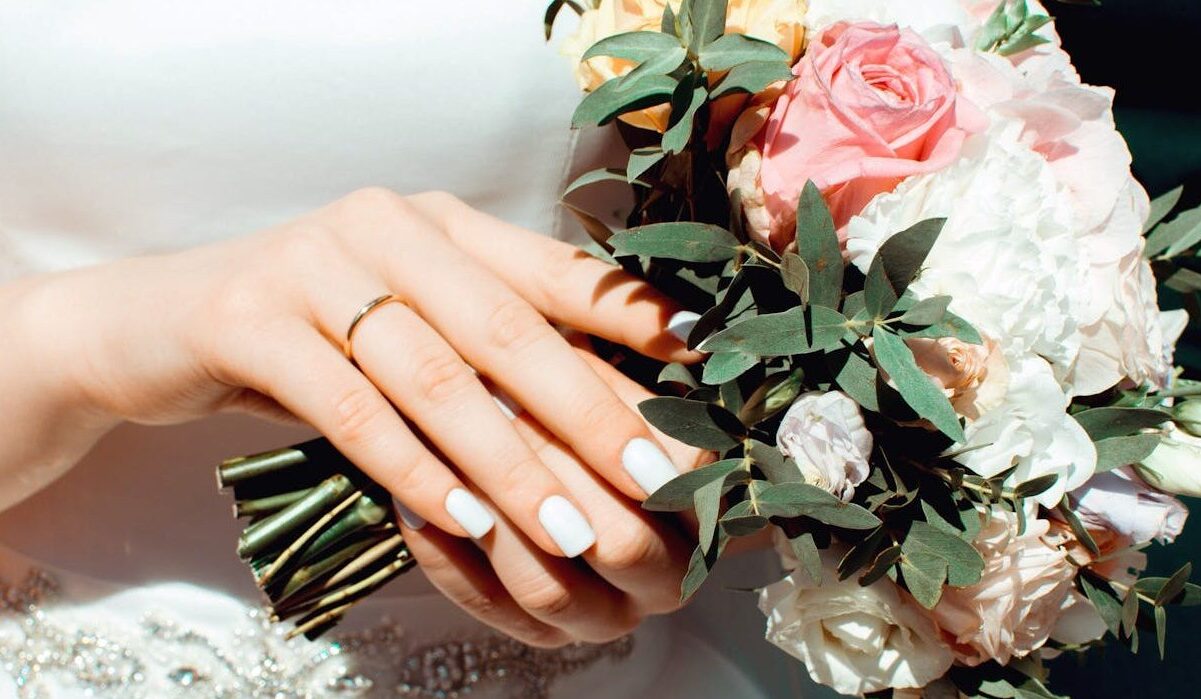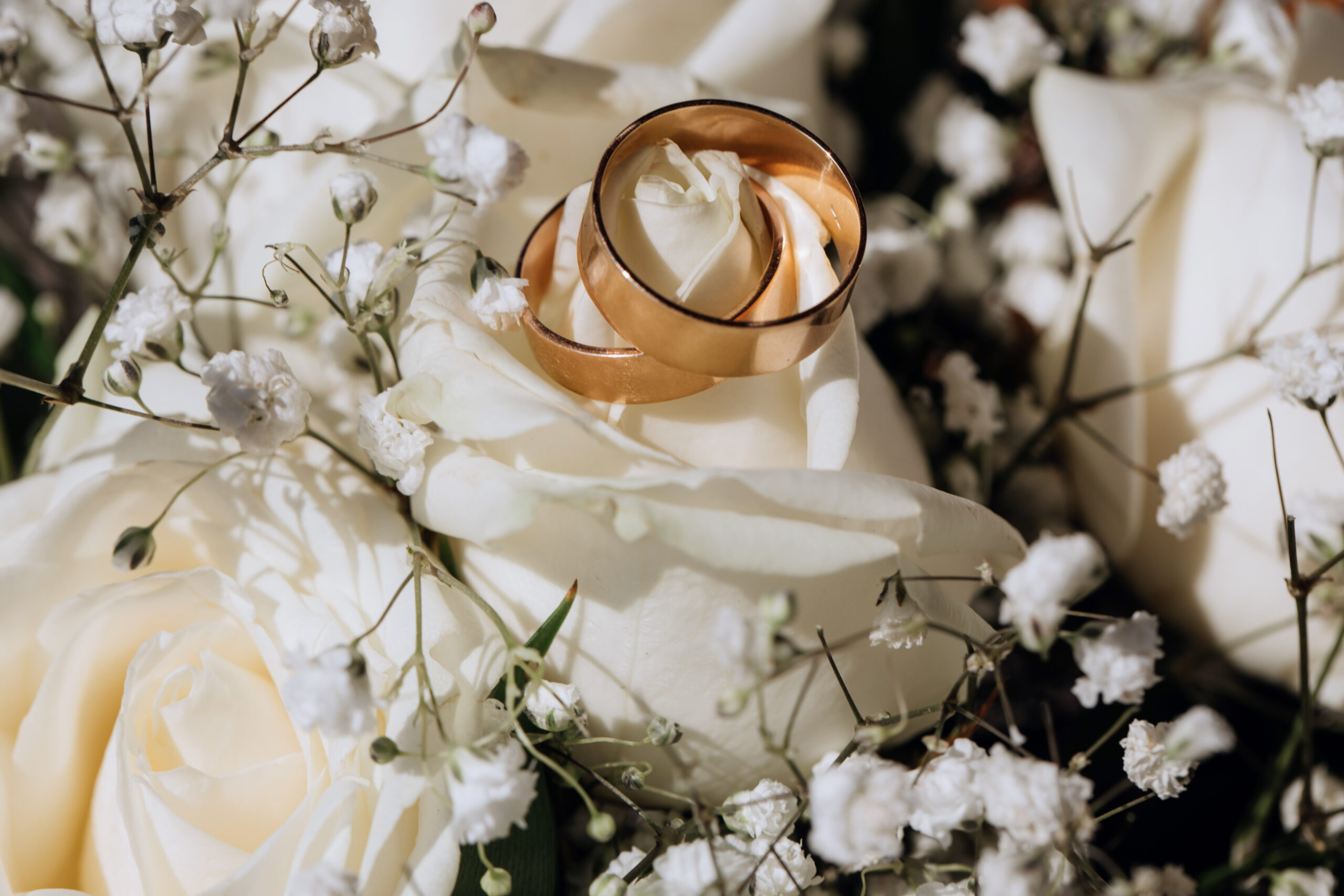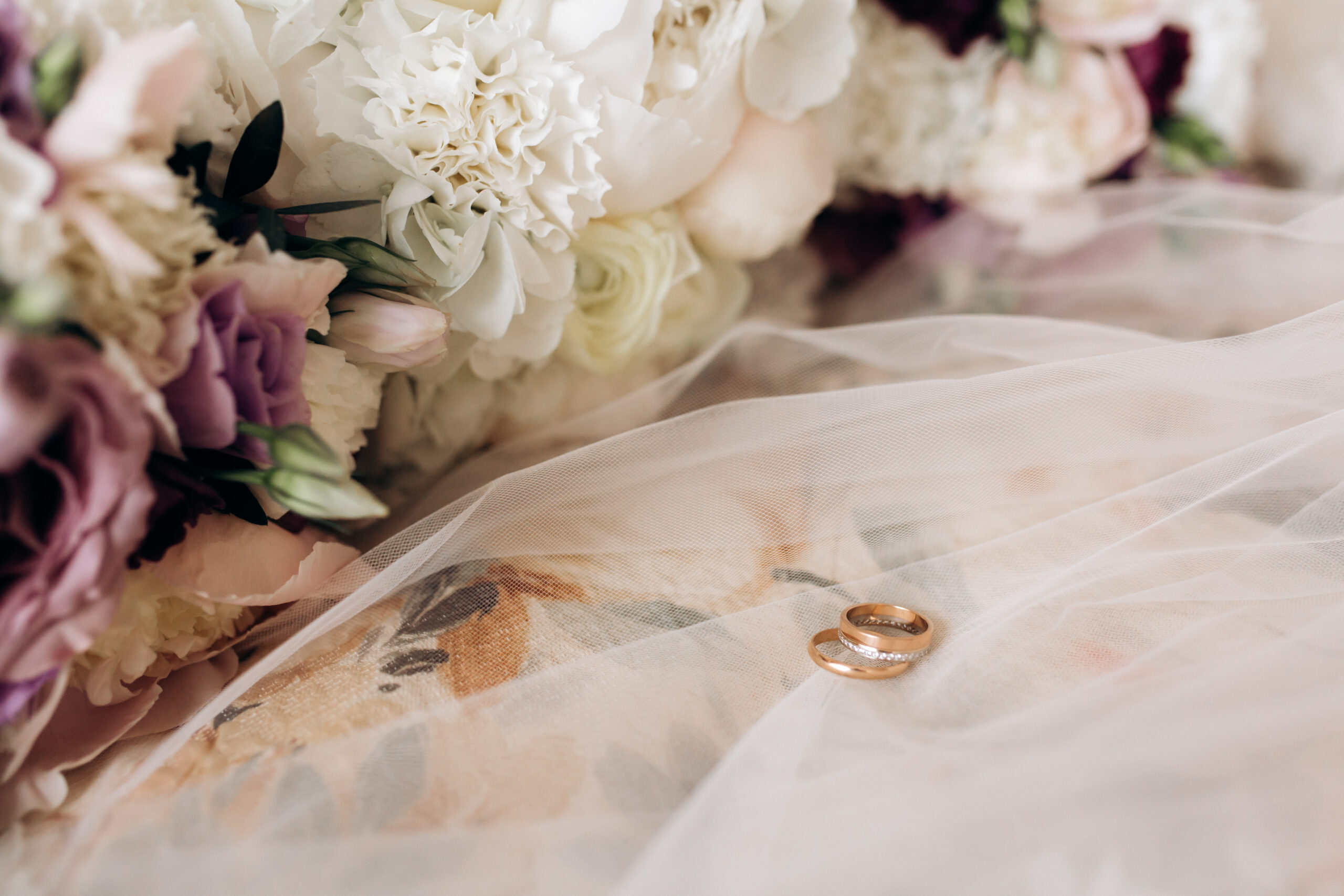Introduction
In the ever-evolving world of jewelry, rings continue to be a focal point of both personal expression and cutting-edge design. As tastes shift and new technologies emerge, the trends and innovations in ring design reflect a broader cultural movement towards personalization, sustainability, and technological advancement. Whether you’re on the hunt for an engagement ring, a wedding band, or a piece to commemorate a special occasion, staying informed about these trends can help you make an informed and stylish choice. This comprehensive guide will explore the current trends and innovations shaping the ring industry, offering insights into how these developments can enhance your jewelry collection.
1. Embracing Unique Gemstone Choices
The traditional diamond engagement ring remains a classic choice, but a growing number of individuals are turning to unique gemstones to express their individuality and break away from convention. Colored gemstones offer a vibrant and personal touch, providing alternatives that are both beautiful and meaningful.
- Sapphires: Once predominantly known for their deep blue hue, sapphires now come in a spectrum of colors, including pink, yellow, and even green. This versatility makes sapphires a popular choice for those seeking a gemstone that reflects their personal style. The durability of sapphires also makes them an ideal choice for daily wear, ensuring that they can withstand the rigors of everyday life.
- Emeralds: The rich, green hue of emeralds has long been associated with luxury and opulence. Emeralds are known for their captivating color and the sense of rarity they convey. Modern designs often incorporate emeralds in vintage-inspired settings, offering a nod to classic elegance while embracing contemporary trends.
- Rubies: Rubies symbolize passion and vitality, making them an alluring choice for those who want their ring to make a bold statement. The intense red of rubies can add a dramatic flair to any design, and their hardness ensures that they remain a durable choice for rings.
In addition to these traditional gemstones, there is an increasing interest in less conventional stones. Morganite, with its delicate pink hue, and opals, with their unique play-of-color, offer alternative options that stand out from the more common choices. Lab-created gemstones are also gaining popularity, providing a sustainable and often more affordable alternative to natural stones while maintaining the same level of beauty and quality.
2. The Rise of Alternative Metals
While gold and platinum have long been staples in ring design, alternative metals are gaining traction for their unique properties and modern appeal. These metals not only provide a fresh take on traditional designs but also cater to various preferences and lifestyles.
- Rose Gold: The warm, pinkish hue of rose gold has become a popular choice for those seeking a romantic and vintage-inspired look. Rose gold’s unique color complements a variety of skin tones and adds a touch of elegance to any design. It’s also a versatile option that pairs well with both classic and contemporary styles.
- Titanium: Known for its strength and lightweight nature, titanium is an excellent choice for those who lead an active lifestyle. Its sleek, modern appearance and resistance to scratches make it a practical yet stylish option. Titanium’s affordability compared to precious metals also makes it an attractive choice for budget-conscious consumers.
- Ceramic: High-tech ceramics offer a contemporary aesthetic and exceptional hardness. Available in various colors and finishes, ceramic rings provide a modern look while being highly resistant to wear and tear. Their hypoallergenic properties also make them suitable for those with sensitive skin.
- Palladium: Palladium, a member of the platinum group of metals, has been gaining popularity for its natural white color and hypoallergenic properties. It offers a more affordable alternative to platinum while retaining a similar look and durability.
3. Innovative Ring Settings and Designs
The setting of a ring plays a crucial role in defining its overall appearance and enhancing the visual impact of the gemstone. Recent innovations in ring settings and designs showcase creativity and offer new ways to present and protect gemstones.
- Bezel Settings: Bezel settings have become increasingly popular for their modern and secure design. In this setting, the gemstone is surrounded by a metal rim that holds it in place, offering a sleek and contemporary look. Bezel settings also provide added protection for the stone, reducing the risk of damage.
- Halo Settings: Halo settings feature a ring of smaller stones surrounding a central gemstone, creating a dazzling effect that enhances the brilliance and size of the center stone. This design continues to be a favorite for its ability to add glamour and sophistication to any ring.
- Hidden Halo: An evolution of the traditional halo setting, the hidden halo features a ring of small diamonds placed on the underside of the setting. This design adds an element of surprise and sparkle visible only to the wearer, offering a subtle yet captivating detail.
- Split Shank: The split shank design involves dividing the band into two or more sections that come together to support the central gemstone. This design creates a striking visual effect and can add a touch of modernity to classic settings.
4. Custom and Personalized Designs
As consumers seek more meaningful and unique pieces, custom and personalized ring designs are becoming increasingly popular. Customization allows individuals to create a ring that reflects their personal story and style.
- Engraving: Personalized engravings are a timeless way to commemorate special moments or express sentiments. Engravings can include initials, dates, or meaningful phrases and symbols. This added detail makes the ring not only a beautiful piece of jewelry but also a cherished keepsake.
- Custom Settings: Collaborating with a jeweler to create a custom setting allows for a ring that perfectly matches your vision. Custom designs can incorporate unique elements, such as specific gemstone arrangements, intricate patterns, or personal motifs.
- Mix and Match: Combining different metals, gemstones, and settings in a single design offers endless possibilities for personalization. This approach allows for the creation of a truly one-of-a-kind piece that reflects individual style and preferences.
- Three-Stone Designs: Incorporating three stones into a ring design can symbolize the past, present, and future of a relationship. This design offers a personalized touch and allows for the inclusion of meaningful gemstones.
5. Sustainable and Ethical Choices
Sustainability and ethical considerations are increasingly important in the jewelry industry. Consumers are becoming more aware of the environmental and social impact of their purchases, leading to a demand for rings that reflect responsible practices.
- Lab-Created Gemstones: Lab-created gemstones are an eco-friendly alternative to mined stones. These gemstones are produced using advanced technology that replicates natural processes, resulting in stones that are chemically and physically identical to their natural counterparts. Lab-created gemstones offer a sustainable and often more affordable option while maintaining the same level of beauty and quality.
- Recycled Metals: Using recycled metals in ring production reduces the need for new mining and minimizes environmental impact. Many jewelers are now incorporating recycled materials into their designs, offering eco-friendly options that align with sustainable practices.
- Ethically Sourced Diamonds: Ensuring that diamonds are ethically sourced involves verifying that they are obtained from conflict-free regions and produced under fair labor practices. Certifications and transparency from jewelers can help consumers make informed choices and support ethical practices in the industry.
- Fair Trade Gold: Fair Trade certified gold ensures that the gold used in jewelry production is sourced from mines that adhere to fair labor practices and environmental standards. This certification provides assurance that the gold has been mined in a socially and environmentally responsible manner.
6. Innovative Technology in Jewelry Design
Advancements in technology are transforming the jewelry industry, allowing for new design possibilities and enhancing the overall experience of creating and purchasing rings.
- 3D Printing: 3D printing technology has revolutionized the way rings are designed and manufactured. This technology allows for the creation of intricate and complex designs that were previously difficult to achieve. 3D printing also enables rapid prototyping, allowing jewelers to create and refine designs quickly.
- Virtual Try-On: Virtual try-on technology uses augmented reality to provide a realistic preview of how a ring will look on the wearer’s finger. This technology allows consumers to visualize and compare different designs without physically trying them on, making it easier to select the perfect ring.
- CAD Design: Computer-aided design (CAD) software enables precise and detailed ring designs. Jewelers can create detailed 3D models of rings, allowing for accurate visualization and modifications before production. CAD design ensures that every aspect of the ring meets the desired specifications and provides a detailed preview of the final product.
- Blockchain Technology: Blockchain technology is being used to ensure transparency and traceability in the sourcing of gemstones and metals. By recording every transaction and movement of materials on a secure and immutable ledger, blockchain technology provides assurance that the materials used in jewelry are ethically sourced and meet high standards.
7. Emerging Trends in Ring Styles
As fashion and design continue to evolve, new styles and trends in ring design are emerging. These trends offer fresh perspectives and innovative approaches to ring aesthetics.
- Stackable Rings: Stackable rings allow for versatility and personalization by enabling wearers to mix and match different bands and styles. This trend offers the opportunity to create a unique and customizable look by combining various rings to suit individual preferences. Stackable rings can be worn together or separately, offering flexibility and creativity in styling.
- Vintage Revival: Vintage-inspired designs are making a comeback, with a focus on intricate details and historical elements. Art Deco, Victorian, and Edwardian styles are being reinterpreted with a modern twist, offering a nostalgic yet contemporary appeal. Vintage revival designs often feature intricate engravings, filigree work, and unique gemstone settings.
- Nature-Inspired Designs: Nature-inspired rings draw on organic forms and natural motifs. Designs featuring floral patterns, leaf shapes, and earthy textures offer a connection to the natural world and a sense of timeless beauty. These designs often incorporate elements such as textured metal finishes and colored gemstones that mimic natural hues.
- Minimalist Designs: Minimalist ring designs focus on simplicity and clean lines. This trend emphasizes understated elegance and often features sleek bands and subtle gemstone settings. Minimalist designs offer a modern and timeless look that can be easily paired with other jewelry pieces.
- Geometric Designs: Geometric rings feature bold shapes and patterns, offering a contemporary and artistic approach to ring design. Geometric designs often incorporate sharp angles, clean lines, and unique arrangements of gemstones, creating a striking and visually interesting effect.
8. The Influence of Cultural and Historical Trends
Cultural and historical influences continue to shape ring design trends, bringing a sense of heritage and meaning to contemporary pieces. Exploring these influences can provide inspiration and insight into the rich tapestry of ring design.
- Cultural Symbolism: Rings often incorporate symbols and motifs from various cultures, adding layers of meaning and significance to the design. For example, rings featuring Celtic knots or African tribal patterns may hold special cultural or spiritual significance.
- Historical Styles: Historical styles such as the Victorian era’s intricate designs or the Art Deco period’s geometric elegance continue to inspire modern ring designs. These historical influences offer a connection to the past while allowing for contemporary reinterpretation.
Conclusion
The world of ring design is a dynamic and ever-evolving landscape, shaped by trends and innovations that reflect broader cultural shifts and technological advancements. From unique gemstone choices and alternative metals to custom designs and sustainable practices, the latest trends offer exciting opportunities to create a ring that is both contemporary and timeless.
At Wedding Ring, we are dedicated to guiding you through these trends and innovations, providing insights and inspiration to help you select a ring that resonates with your personal style and values. Whether you’re drawn to classic elegance, modern minimalism, or bold statements, the latest developments in ring design offer endless possibilities to find a piece that is uniquely yours.
As you explore the world of ring design, consider how these trends and innovations can enhance your jewelry collection and reflect your individuality. Embrace the opportunities to personalize, innovate, and celebrate with a ring that captures the essence of your style and story. Explore these possibilities and let them inspire you as you embark on the journey of finding the perfect ring for your special moments.




